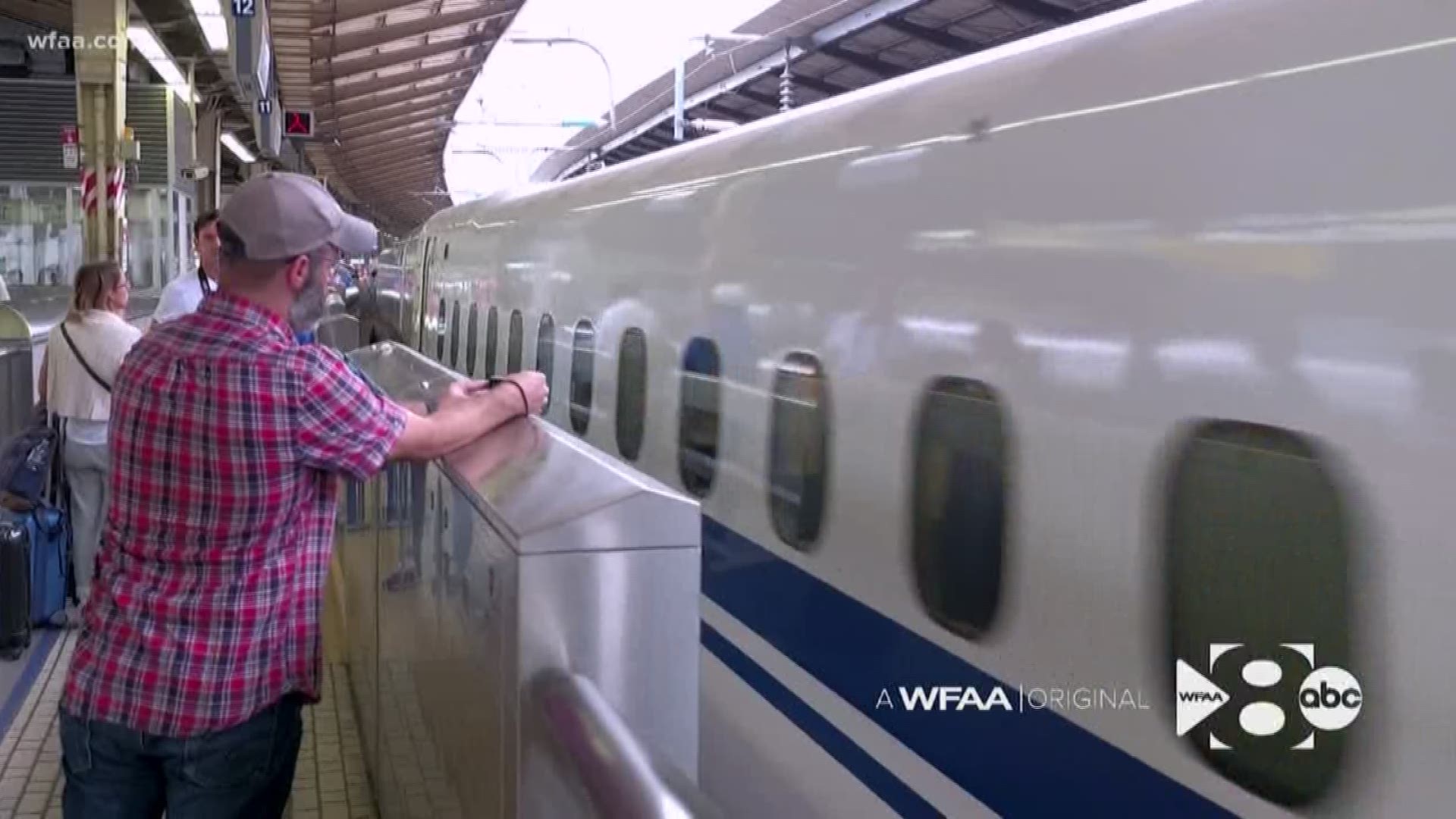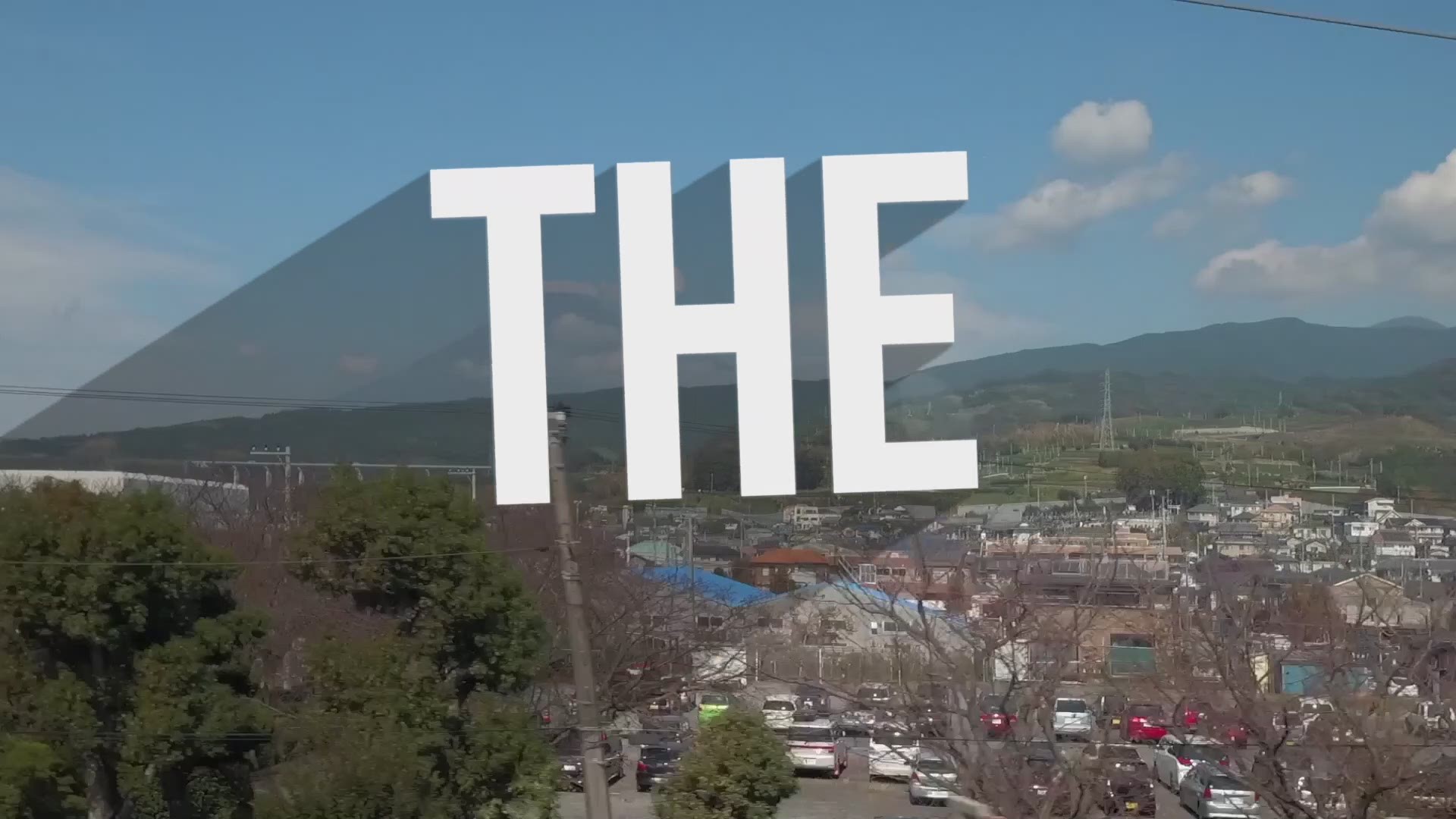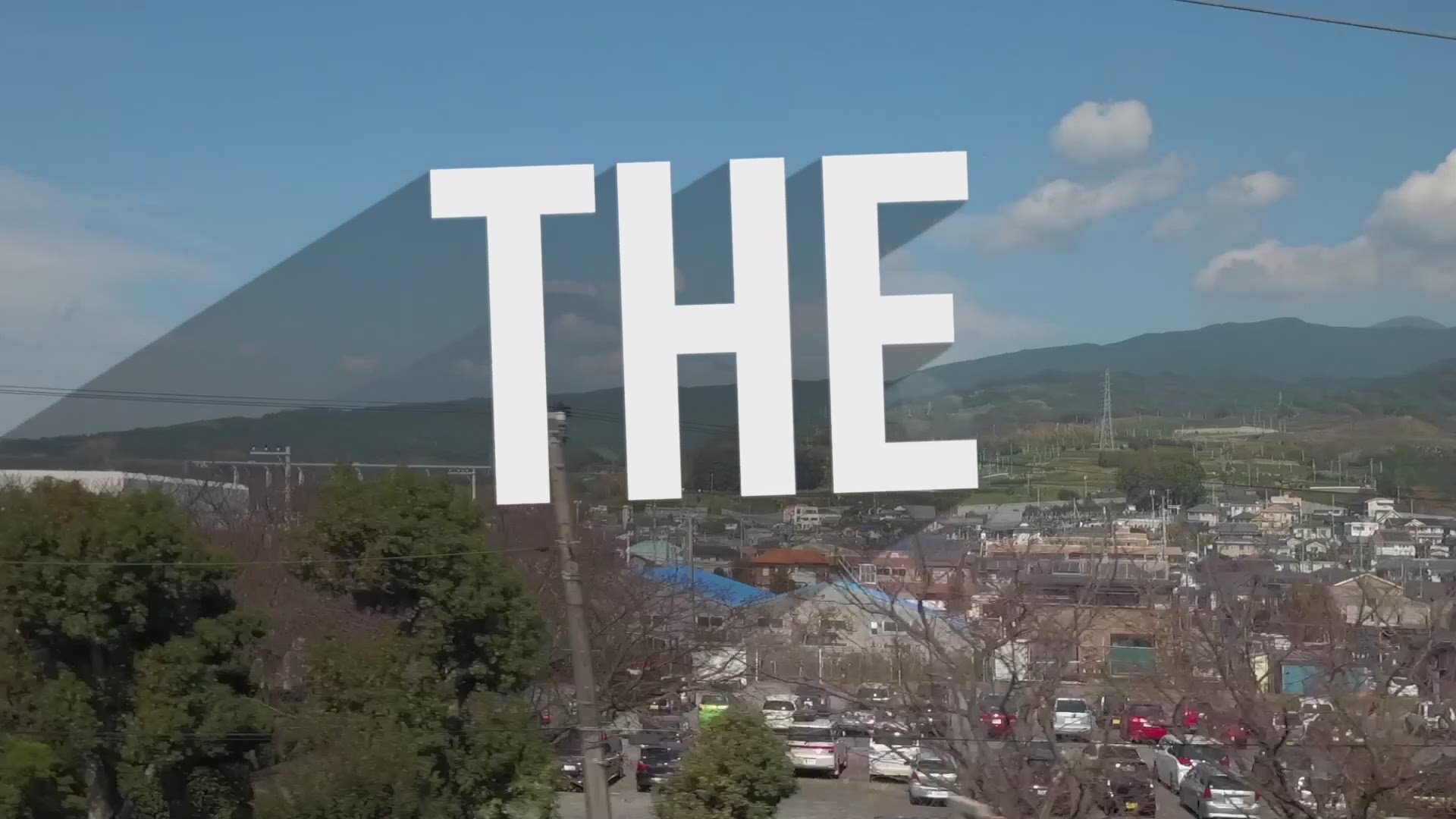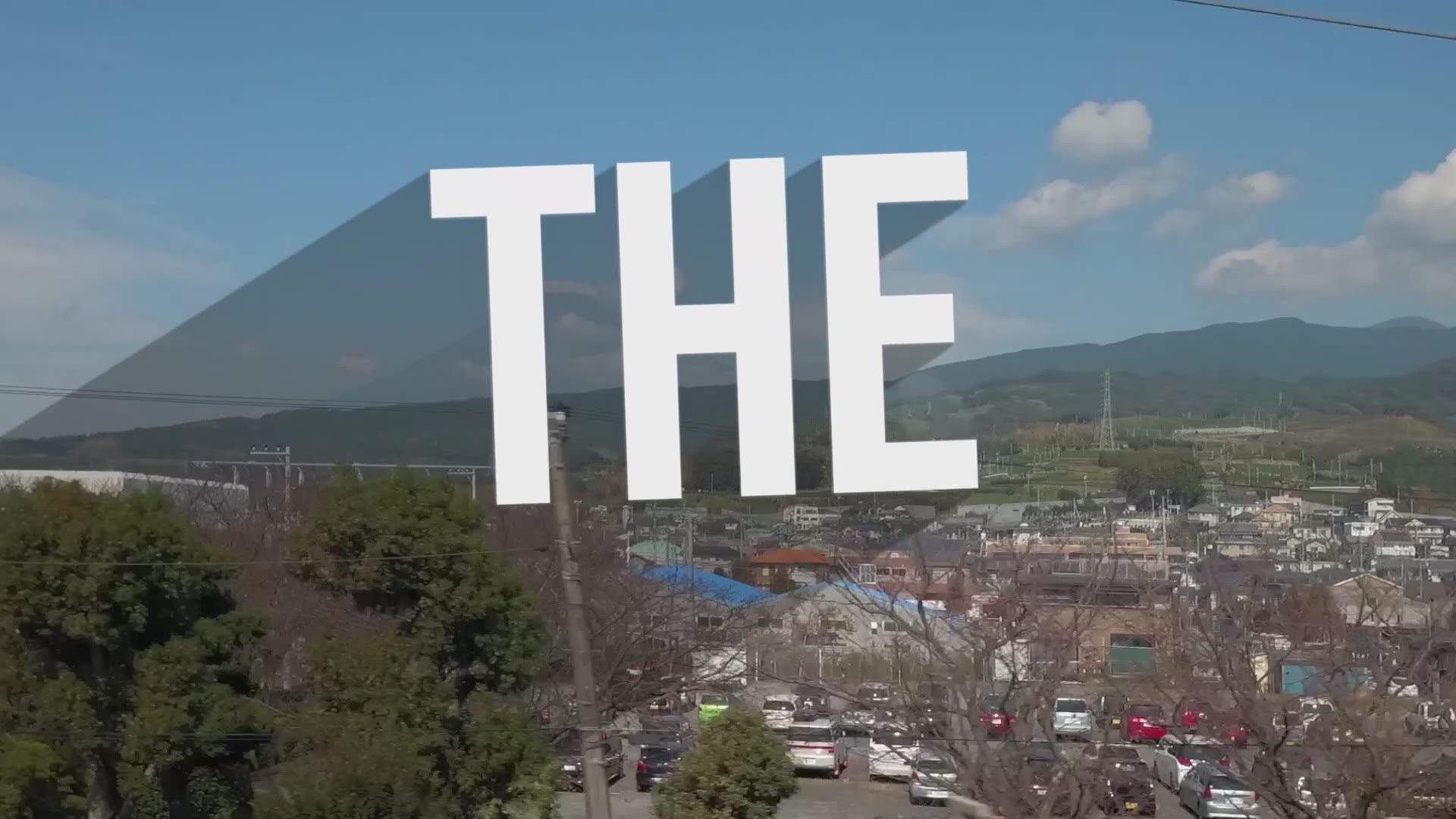TOKYO — Texas Central said it will break ground late next year on the first bullet train line in the United States, which will connect Dallas to Houston, and the train, technology and much of the know-how is coming from Japan.
“We will start the construction next year,” said Masaru Yosano, Chief General Manager of Central Japan Railway Company.
Yosano flies to Texas once a month to help coordinate the project with partners at Texas Central Railway Company, the private firm that’s developing the United States’ first bullet train.
The Texas bullet train, which will be privately funded, has already passed multiple milestones and is currently awaiting final approval from the Federal Railroad Administration.
When that last permission is granted Texas Central said it will then begin looking for financial backers. The firm said it already has options to purchase a third of the land needed and is currently negotiating for the remainder.
The Texas train is still being designed but it will likely be an N700I model train – a modified N700 bullet train currently operated by Central Japan Railways. The ‘I’ in the new N700 will stand for ‘international,’ a version to be exported.
The Texas train is supposed to be similar to the recently revealed N700S model which is lighter and it’s more efficient than existing N700 model. But perhaps the biggest difference is that the Texas train will be shorter. It’ll be eight cars instead of 16.
“Shinkansen [the Japanese word for bullet train] is very easy to get on. In Japan, it takes about five to ten minutes after we arrive at the station to get on the train, so it is very easy to check-in and travel.”
He’s right about that. In Japan, passengers can walk up and purchase tickets minutes before departure and the price doesn’t spike. We paid about $43 for a 60-mile trip during a recent trip to Tokyo.
Texas Central has not revealed with a Dallas to Houston ticket will cost but a spokesman said it will be competitive with airline fares.
In Japan, the bullet train is not only a source of pride, but a fixture in the culture.
“It’s more spacious than actually sitting in a plane for me,” said Joel Deroon, an Australian living in Japan who uses the bullet train to commute daily. “For airliners you have all the extra added costs [such as] paying for luggage, paying for petrol. On a Shinkansen, no one’s going to check how much your luggage weighs or anything like that.”
So, what’s it like to be on board? Both the economy and First Class cars have high ceilings, wide aisles, and big seats. The cars are configured with two seats on each side of the aisle. Perhaps the biggest difference in the Central Japan Railway’s N700-series is the legroom in both cabins. Unlike an airliner, there’s plenty of extra space to move around.
Onboard restrooms are substantially larger, as well, with a massive handicapped lavatory.
And at 177-miles per hour, the landscape is less of a blur than many would imagine. A bottle of water easily balances on an arm rest.
But one question persists: Is Texas ready for high-speed rail?
“I think it’s a great idea," said William J. Swinton, Temple University in Tokyo. "I think it’s a long-time coming."
He runs International Business Studies at the school.
What would you tell Texans who might be skeptical about the bullet train, we asked.
“Don’t be,” Swinton said.
One reason the bullet train is so successful in Japan is that riders can easily connect to subways. But Dallas and Houston don’t have that same infrastructure.
So, will it work?
“What happens to that last mile is an opportunity for taxi companies, for Uber, for hotels to build and businesses within walking distance of the terminus to develop themselves," Swinton said.
The last mile can be lucrative. Not much was around when the Tokyo’s Shinagawa train station was built in the 1990s. But within a decade, skyscrapers had risen around it. Central Japan Railways also makes money leasing space at the station to restaurants, shops, and hotels.
“For Texans, for their first Shinkansen ride, they’re going to fall in love with it,” said Nick Narigon of Tokyo Weekender magazine.
“It’s less hassle than plane travel,” said Annemarie Luck, who also works for Tokyo Weekender.
And it’s safer.
Inspectors check bullet trains every six weeks. Since the first train left the station in 1964, there’s never been a collision or derailment on Japanese high-speed rail.
Texas Central Railway is also planning dedicated tracks with no crossings which is paramount in preventing accidents.
“Our hope is someday the Shinkansen will run in Texas,” Yosano added.
The U.S. already imports a lot from the Japanese. But America has never bought a bullet train before. Texas is now on track to transform transportation in this country perhaps beginning by next year.





